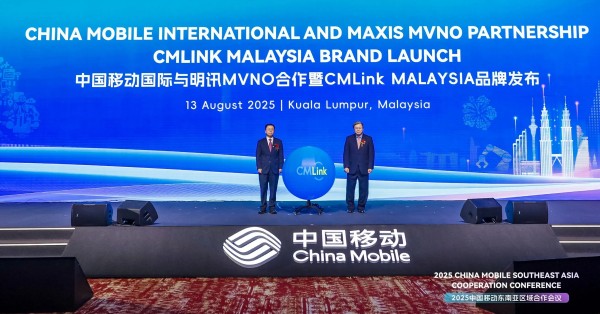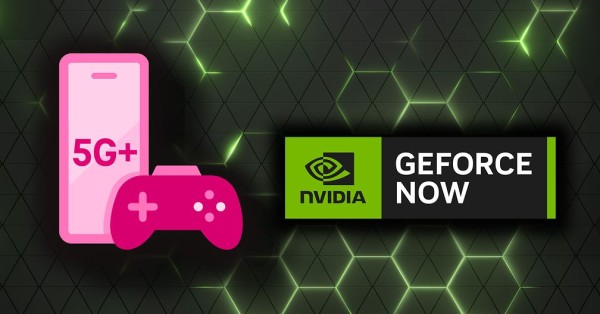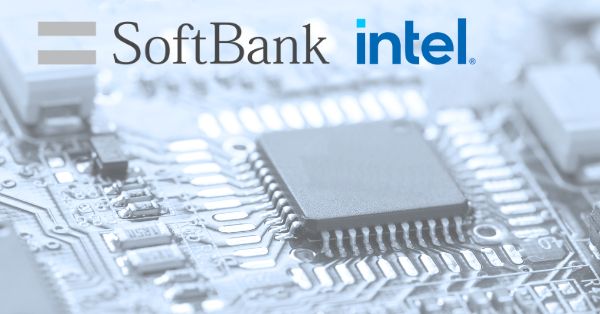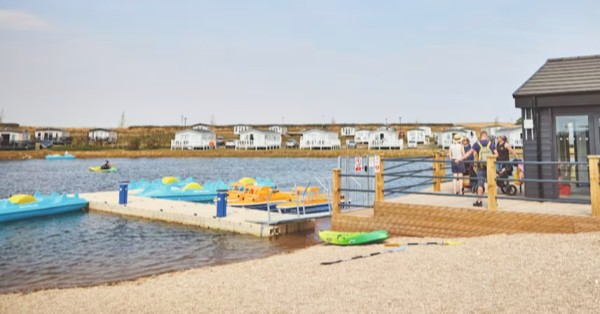TRAI Indoor Connectivity Rating: Why It Matters for 5G-Ready Buildings
India’s telecom usage is now predominantly indoors, and TRAI’s new property rating framework puts digital connectivity on par with core utilities.
70–80% of Mobile Data Is Indoors: What It Means for In‑Building Coverage
TRAI’s chairperson flagged a decisive shift: most mobile data is consumed inside homes, offices, malls, hospitals, and transit hubs. This is not a temporary pandemic artifact but a durable pattern driven by OTT video, collaboration apps, fintech, telemedicine, and edge-enabled enterprise workflows. The implication is clear. Outdoor macro networks alone cannot guarantee experience inside buildings, especially as higher 4G/5G bands face attenuation from modern glass and energy-efficient materials.
From Best‑Effort to Utility‑Grade: Making In‑Building Connectivity a Core Utility
Connectivity inside buildings is moving from convenience to necessity. For developers and asset owners, digital performance now influences occupancy, rentals, and tenant churn. For enterprises, in-building wireless is a productivity and safety requirement. Treating digital infrastructure as a utilityplanned, budgeted, and maintained like water or electricityreduces retrofit costs and service disruptions later.
TRAI 2024 Property Rating: How Buildings Earn Stars for 5G and Broadband
TRAIs 2024 Regulations introduce a voluntary, performance-based star rating that assesses how ready a property is to deliver high-quality broadband and mobile connectivity. It applies across residential and commercial buildings, public infrastructure, and large venues such as airports, railway stations, stadiums, and highway facilities. The framework encourages developers to embed Digital Connectivity Infrastructure (DCI) at the design stage, aligns with Digital India and Smart Cities Mission, and invites ministries and agencies to incorporate DCI into guidelines, tenders, and training. Expect developers to use ratings in marketing, and enterprises to reference them in procurement.
Developer Checklist for TRAI DCI Compliance and 5G Readiness
To achieve higher ratings, DCI must be engineered into the building fabric with clear ownership and measurable outcomes.
Design‑Stage DCI: Pathways, MDF/IDF, Power and Fiber Diversity
Plan pathways, spaces, and power early. Include central equipment rooms (MDF) and floor-level rooms (IDF), vertical risers, horizontal pathways, and accessible cable trays. Provide diverse entrances for carrier fiber, adequate grounding, and environmental controls. This reduces lifecycle cost and supports upgrades without tenant disruption.
Technical Must‑Haves: Fiber‑Deep, DAS/Small Cells, WiFi 6/7, 5G NR
Fiber-deep design with structured cabling (e.g., Cat6A for PoE) enables WiFi and small-cell density. Provision for distributed antenna systems (DAS) or multi-operator small cells with shared backhaul. Ensure robust power, battery backup, and space for radio units. Use low-loss materials and pre-approved penetrations to mitigate RF attenuation. Plan for high-capacity WiFi (WiFi 6/7 readiness subject to spectrum policy), and 5G NR features such as carrier aggregation and massive MIMO. Reference recognized cabling and installation standards to ease audits and acceptance.
Multi‑Operator and Neutral Host: MORAN/MOCN, Shared DAS/Small Cells
Most tenants expect service from more than one mobile operator. Design for shared infrastructure using MORAN/MOCN where permitted, or neutral-host DAS/small cells that support Jio, Airtel, Vodafone Idea, and BSNL. Coordinate with tower and fiber providers such as Indus Towers, ATC India, and city fiber operators. Neutral host models reduce capex per operator and simplify ongoing upgrades.
Procurement and SLAs: Measurable KPIs and Acceptance Testing
Embed DCI requirements in RFPs and contracts: minimum indoor signal levels, throughput per user, latency targets, WiFi coverage density, handover performance, and uptime. Include testing protocols for RF coverage heatmaps, backhaul redundancy, cybersecurity controls, and emergency services support. Make the TRAI rating a contractual deliverable tied to completion milestones.
What TRAI’s Rating Means for Operators, Neutral Hosts, and OEMs
The rating catalyzes investment and new commercial models for indoor connectivity across India’s property market.
Revenue Opportunities and Partnerships for Programmatic Indoor Deployments
Operators can shift from patchwork indoor fixes to programmatic deployments with developers and large facility owners. Neutral hosts and system integrators can package design-build-operate-maintain offerings with predictable SLAs. OEMs and cabling vendors gain from standardized, repeatable blueprints for multi-operator DAS, small cells, and WiFi.
Indoor Spectrum Strategy: Low/Mid/High Bands, 5G SA, mmWave Readiness
Layered spectrum remains essential. Low bands (e.g., 900/1800 MHz) for reach, mid-bands (e.g., 2100/2300/3300 MHz) for capacity, and high bands for hotspots where feasible. 5G Standalone cores enable slicing and private network options for enterprises. mmWave readiness should be planned where venue economics justify it. A pragmatic mix of shared and dedicated spectrum, along with careful RF planning, is key to predictable experience and cost control.
WiFi–5G Convergence: Mobility, Policy, and Unified Analytics
Most indoor traffic will continue to ride on WiFi, with cellular providing mobility and SLA-backed coverage. Converged architectures that integrate policy, authentication, and analytics across WiFi and 5G reduce opex and improve user experience. Support for roaming frameworks and enterprise identity management simplifies secure access for guests and employees.
Automation and Assurance: Telemetry, Digital Twins, and AI Optimization
Continuous monitoring of RF, backhaul, and power is required to sustain ratings. Use telemetry, digital twins, and AI-assisted optimization to detect coverage holes and congestion before they impact users. Integrate DCI into building management systems and DCIM for unified operations and faster incident response.
Key Challenges: Capex, Retrofits, Standards, and Security
Execution will determine whether ratings translate into real-world performance for citizens and enterprises.
Capex Sensitivity: Lifecycle Economics and Neutral‑Host ROI
Developers weigh DCI against competing budget items. The counterargument is lifecycle economics: design-stage investment is cheaper than retrofits and supports premium rents and faster leasing. Shared infrastructure and neutral-host models improve ROI.
Retrofitting Legacy Buildings: Micro‑DAS, RoF, and Aesthetic Designs
Brownfield assets face space, power, and pathway constraints. Creative solutionsmicro-DAS, radio-over-fiber, ceiling-integrated APs, and careful aesthetic designcan raise performance without major remodeling. Expect phased upgrades aligned to tenant renewal cycles.
Standards and Certification: Test Plans, Audits, and Assessor Capacity
To avoid fragmented interpretations, stakeholders need clear test plans, audit processes, and assessor capacity. Alignment with national building codes, right-of-way rules, and municipal approvals is critical for predictable timelines.
Security and Safety: Cybersecurity Baselines and Fire Norms
Indoor networks must meet cybersecurity baselines, equipment safety, and fire norms. Segmentation, secure management access, and hardened edge nodes reduce risk. Documented maintenance and change control protect the rating over time.
Next Steps for Enterprises and Agencies: Specify, Engineer, Measure
Organizations can use the TRAI framework to de-risk projects and embed digital performance into asset strategy.
Put DCI in Design Briefs: Coverage, Capacity, Latency, Resilience
Specify coverage, capacity, latency, and resilience targets for all critical spaces, including basements, lifts, stairwells, and emergency areas. Require multi-operator readiness, fiber diversity, and space-power provisions from day one.
Engineer for Future Readiness: Fiber‑First, PoE, and Space‑Power Reserves
Adopt fiber-first pathways, PoE-ready switching, and cabling that supports higher WiFi and small-cell densities. Reserve space and power for additional radios and edge compute. Plan for evolving spectrum policies and 3GPP releases without disruptive rebuilds.
Define SLAs and Shared‑Cost Models with Neutral Hosts
For campuses, transit hubs, and multi-tenant offices, use neutral-host agreements to spread costs and simplify upgrades. Tie payments to measurable KPIs and periodic re-certification against the TRAI rating.
Measure and Certify: Pursue TRAI Rating and Communicate It
Conduct independent audits, maintain as-built documentation, and pursue the rating formally. Publicize the rating in leasing materials and digital channelsconnectivity now influences tenant decisions as much as sustainability credentials.






























